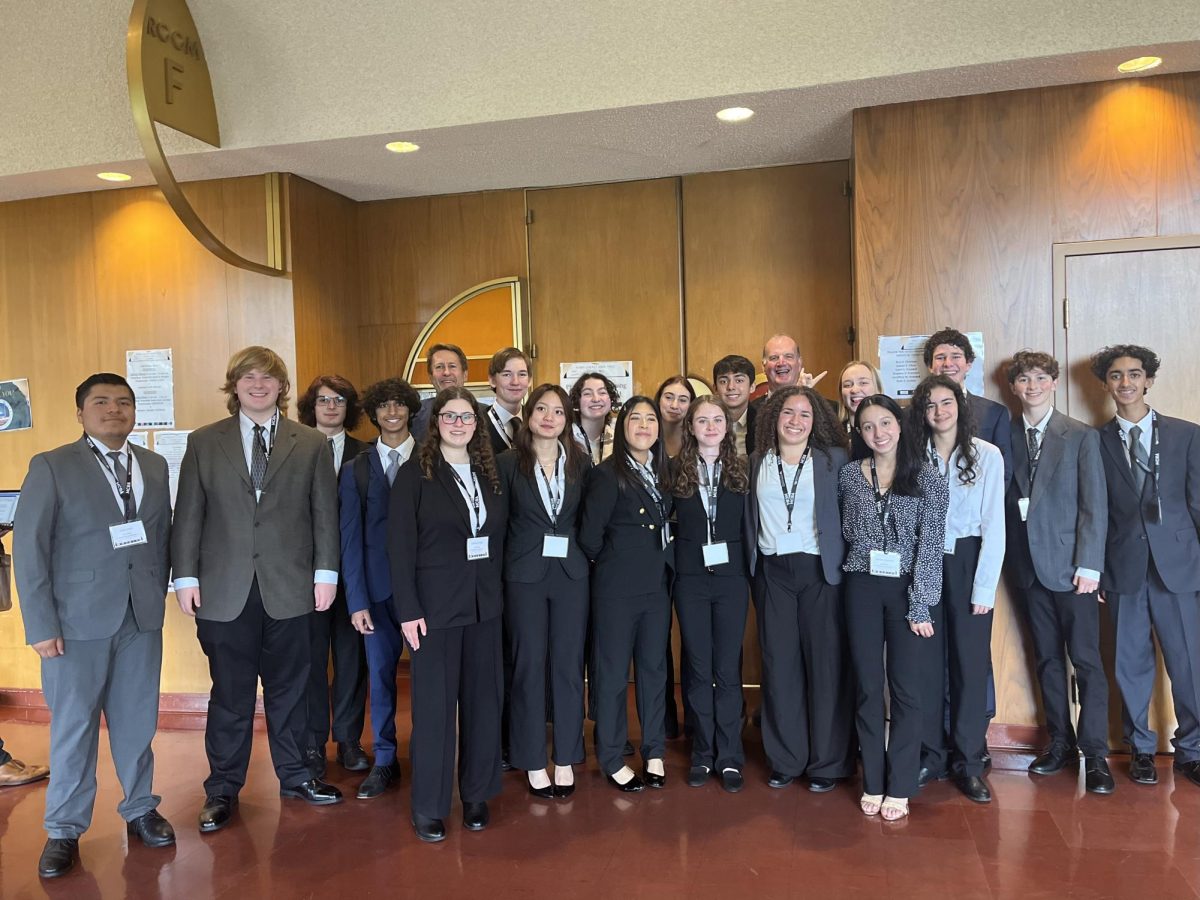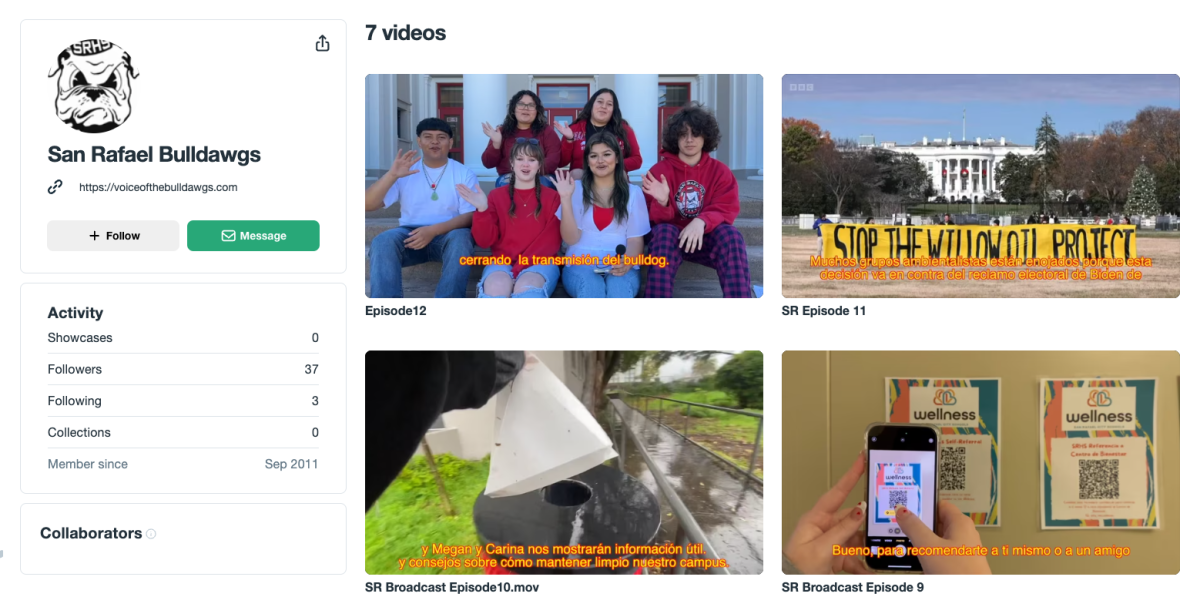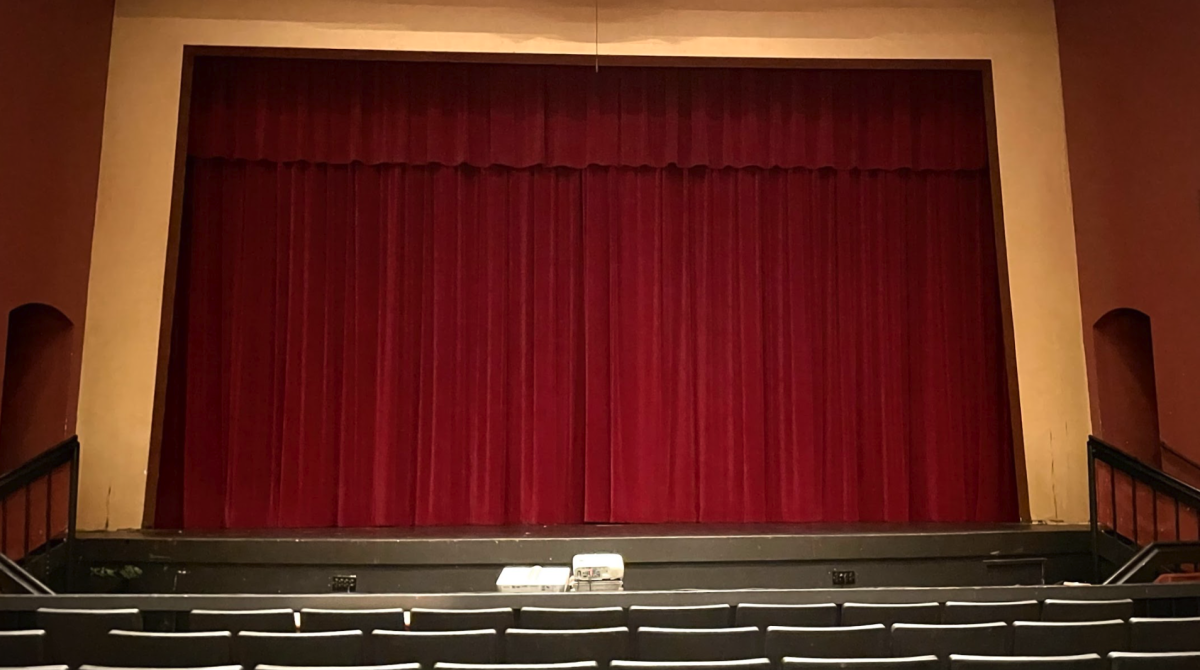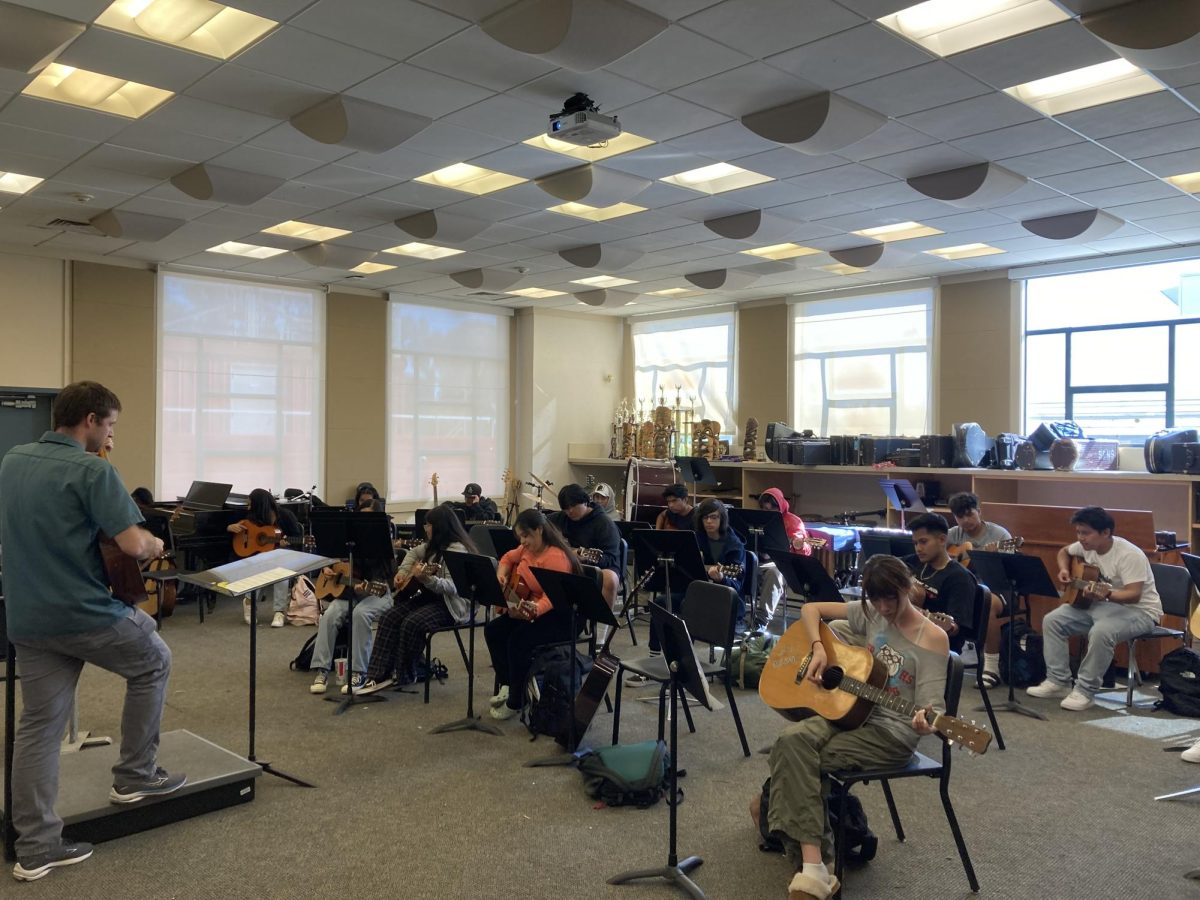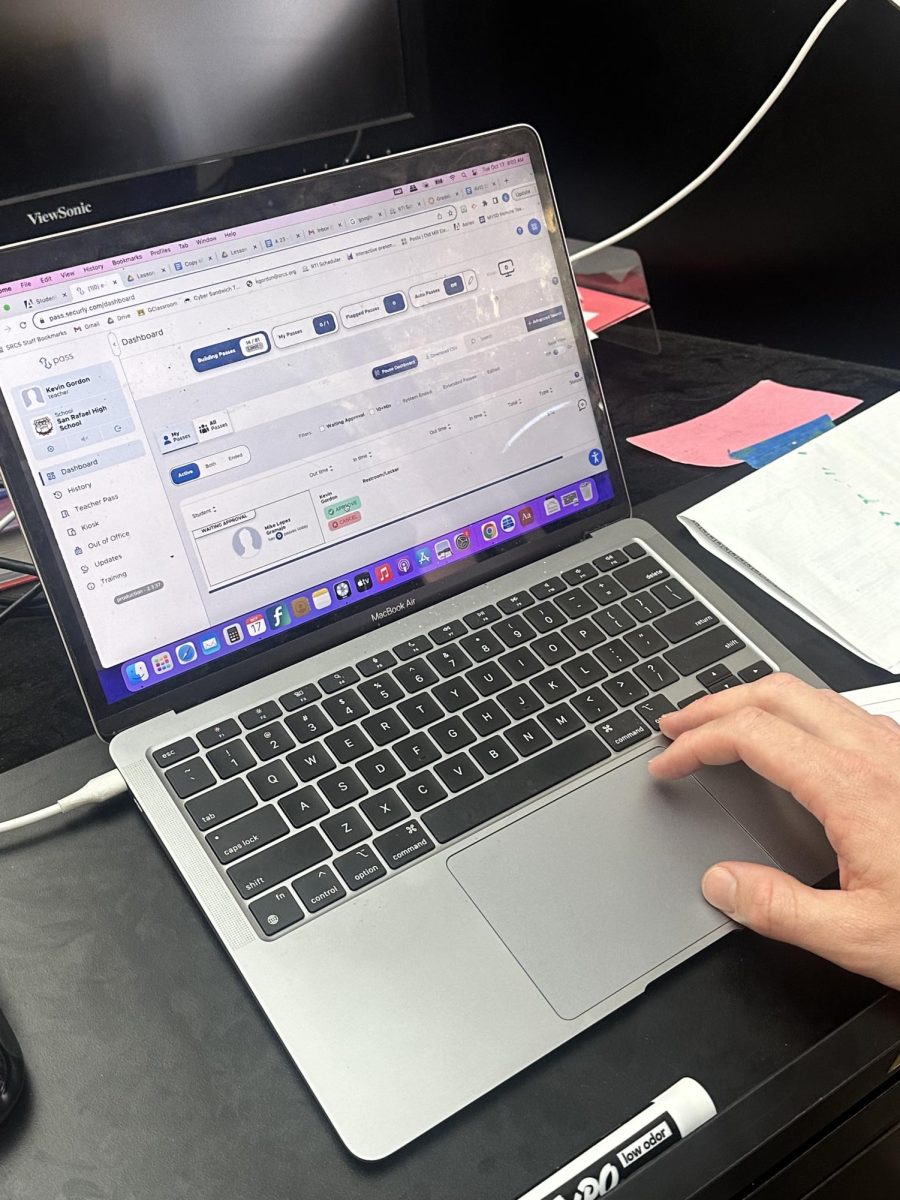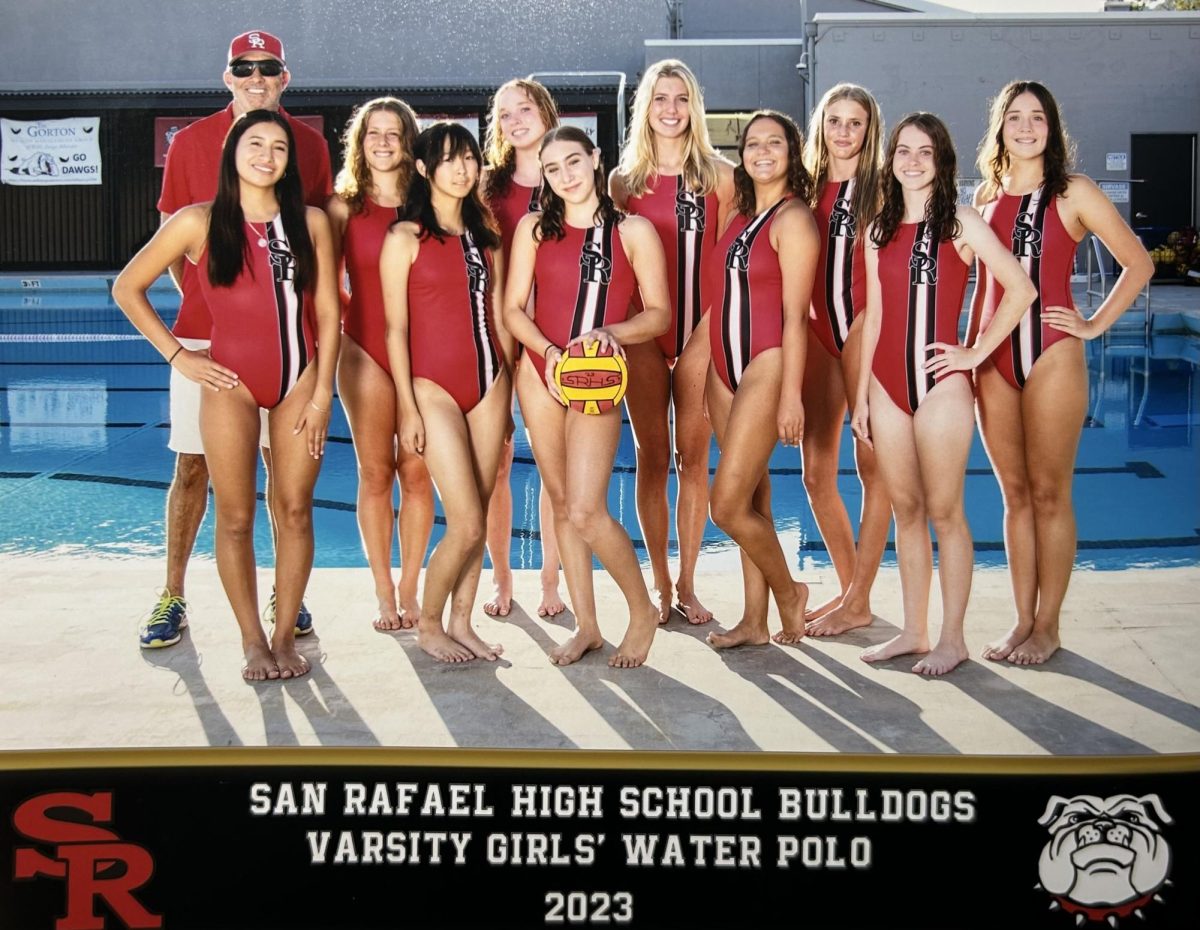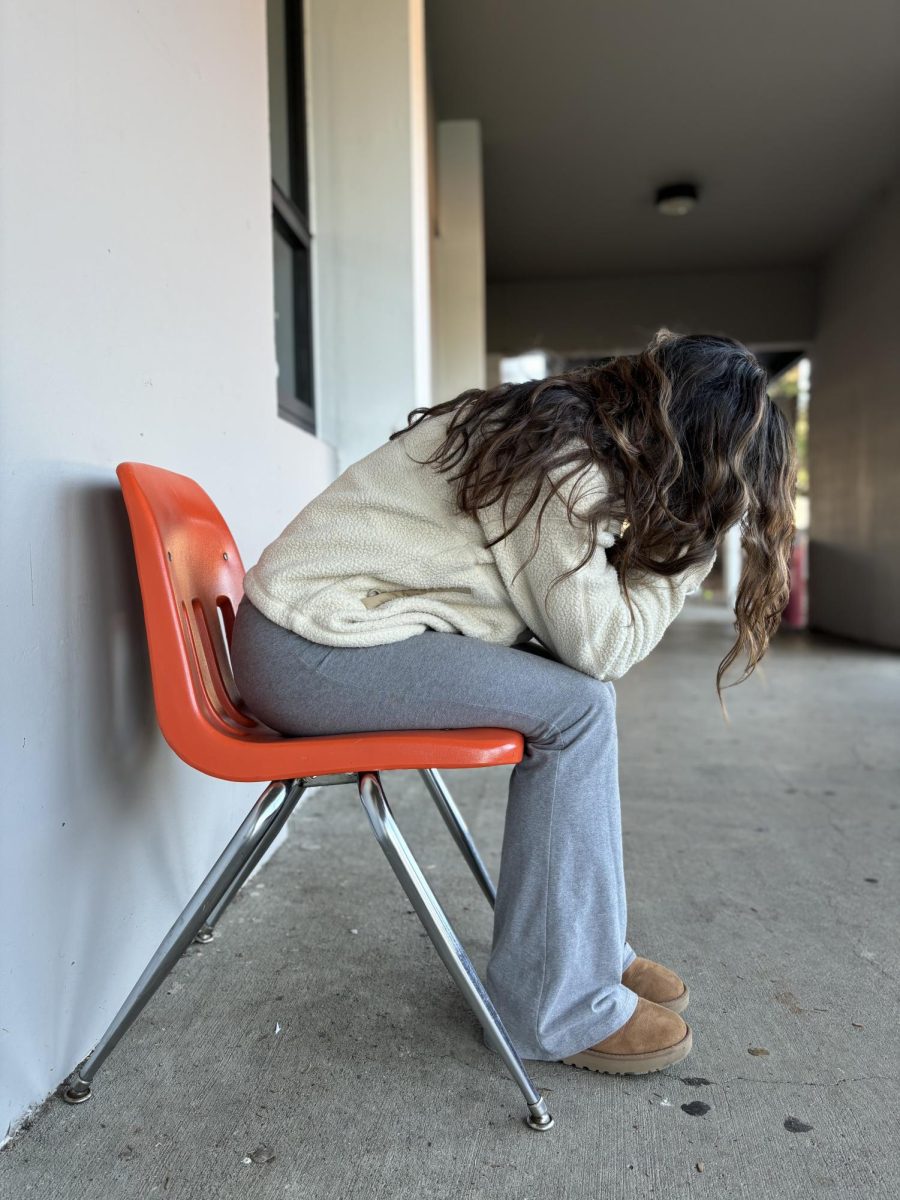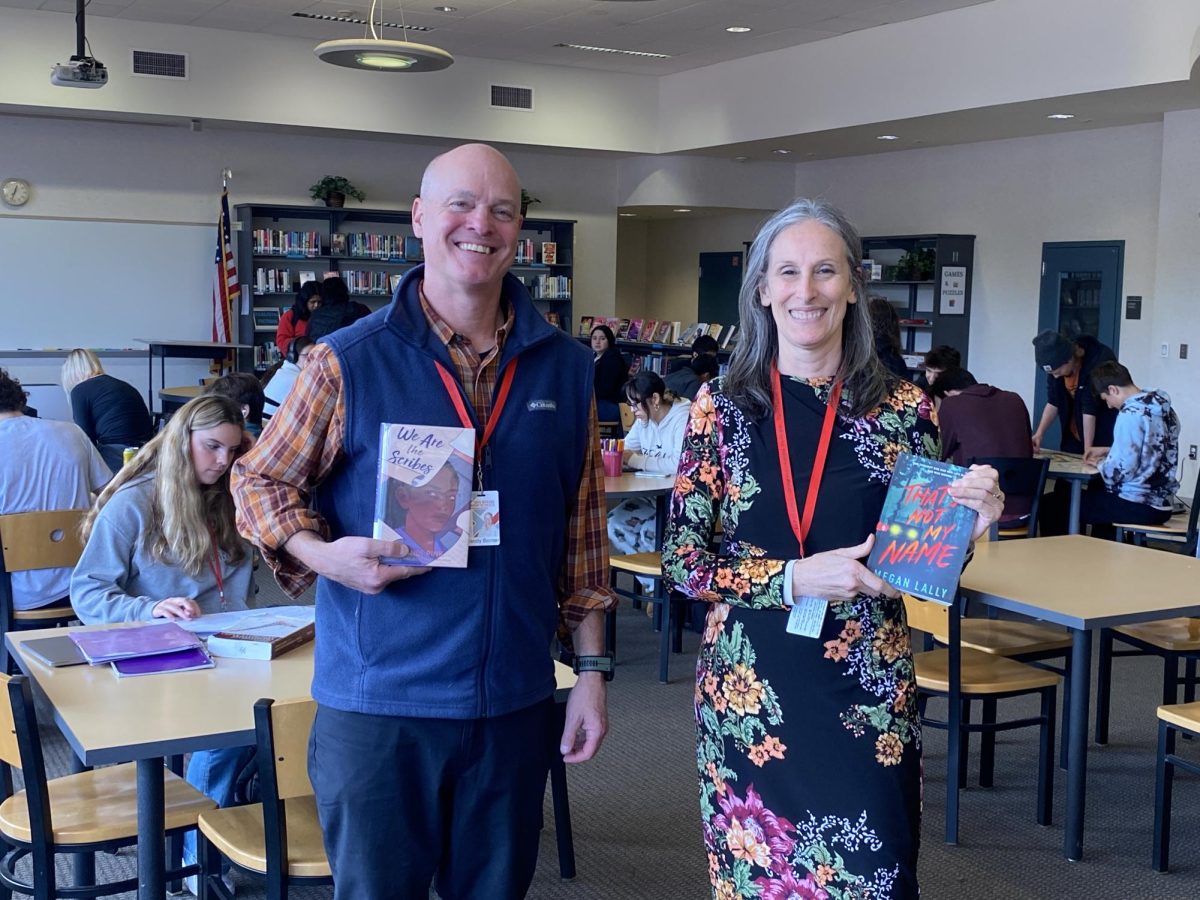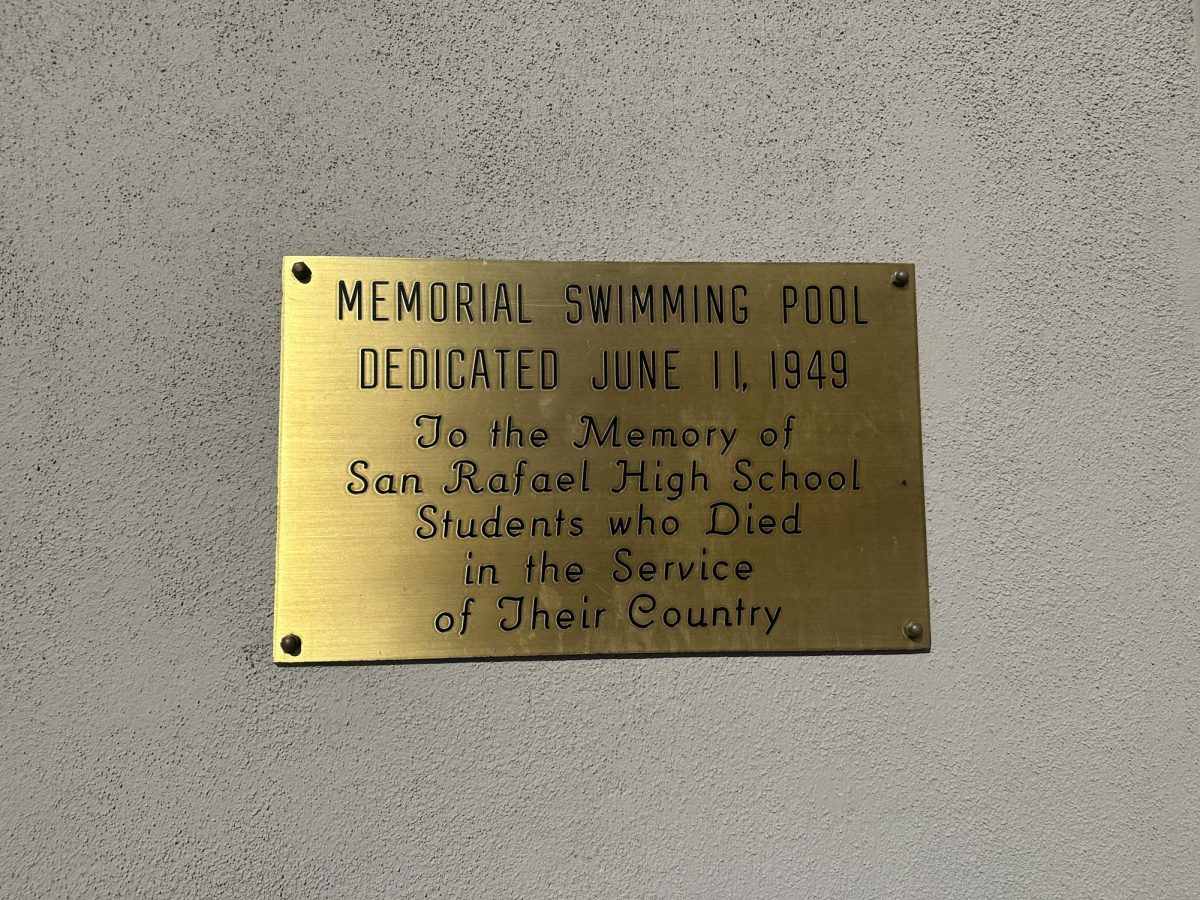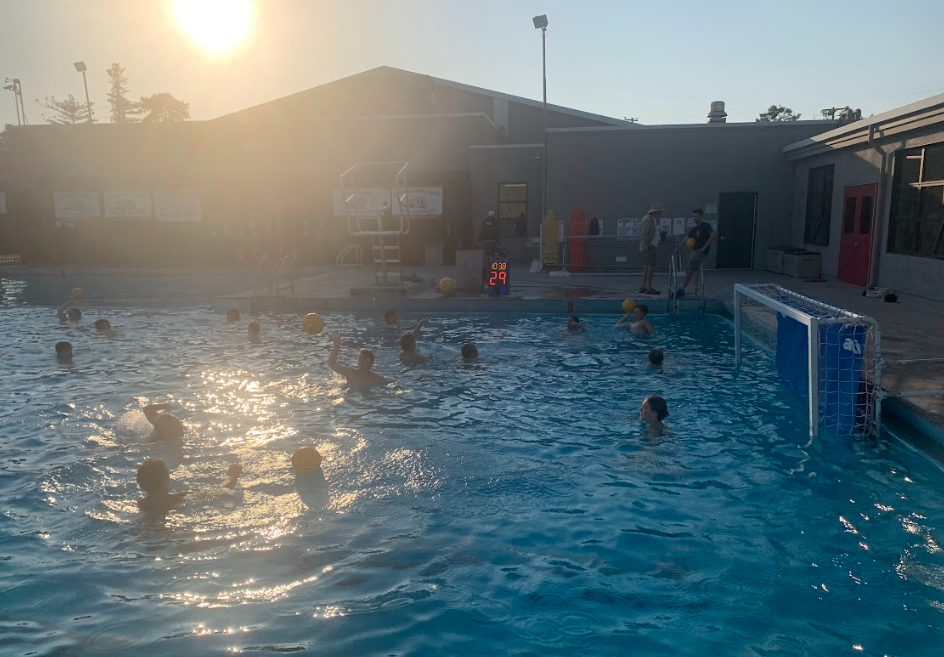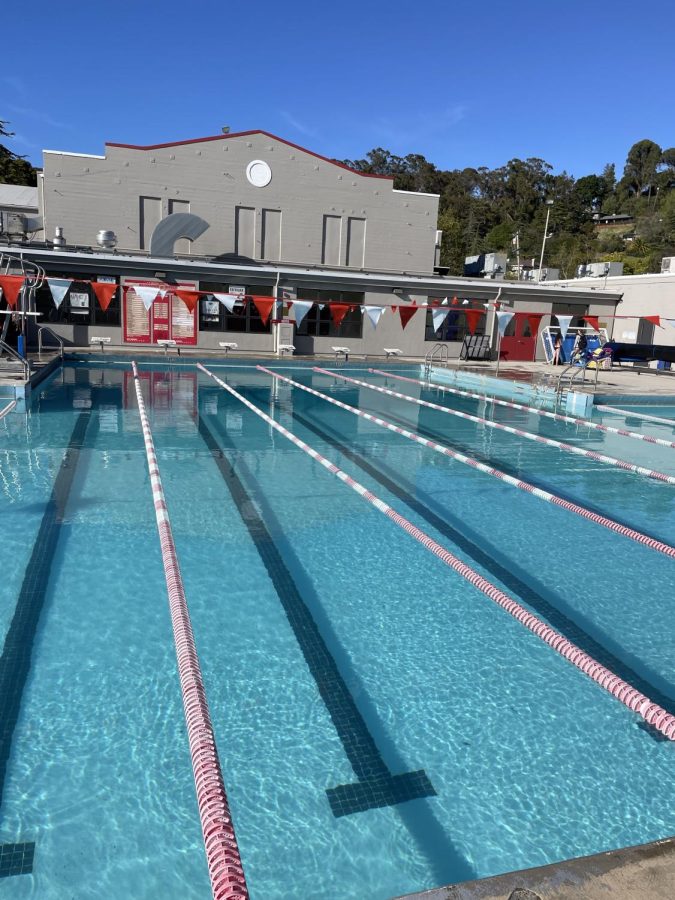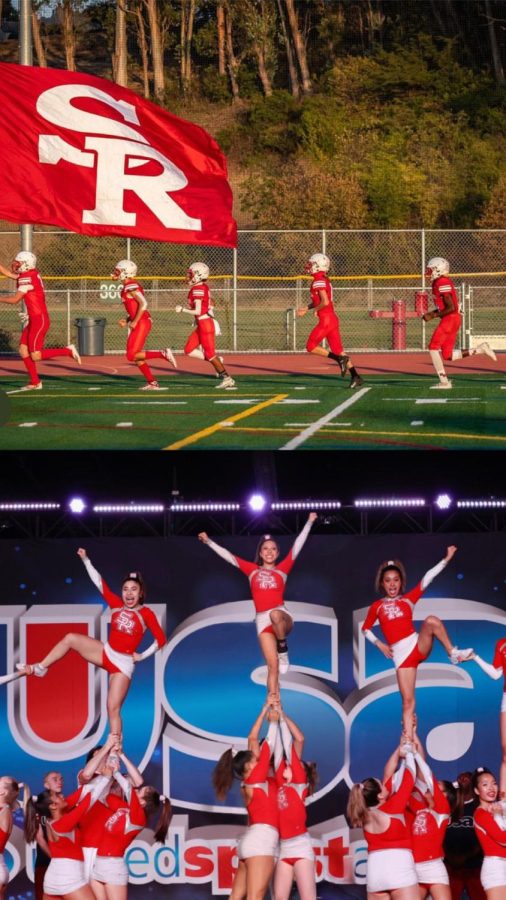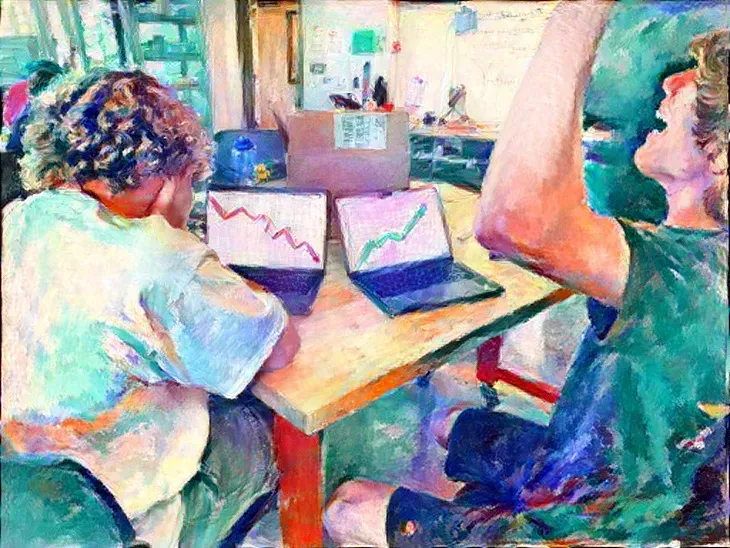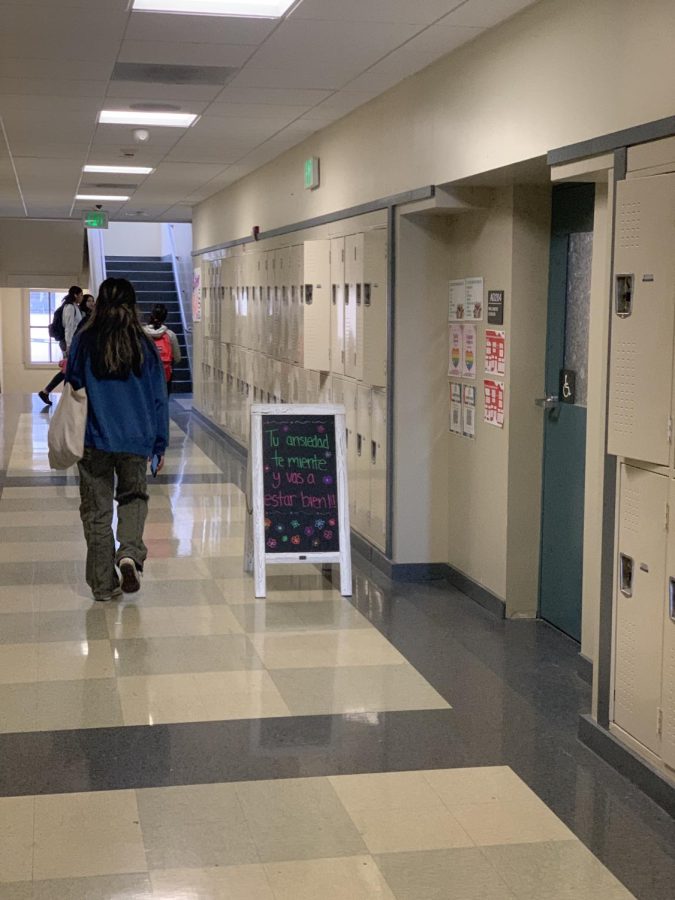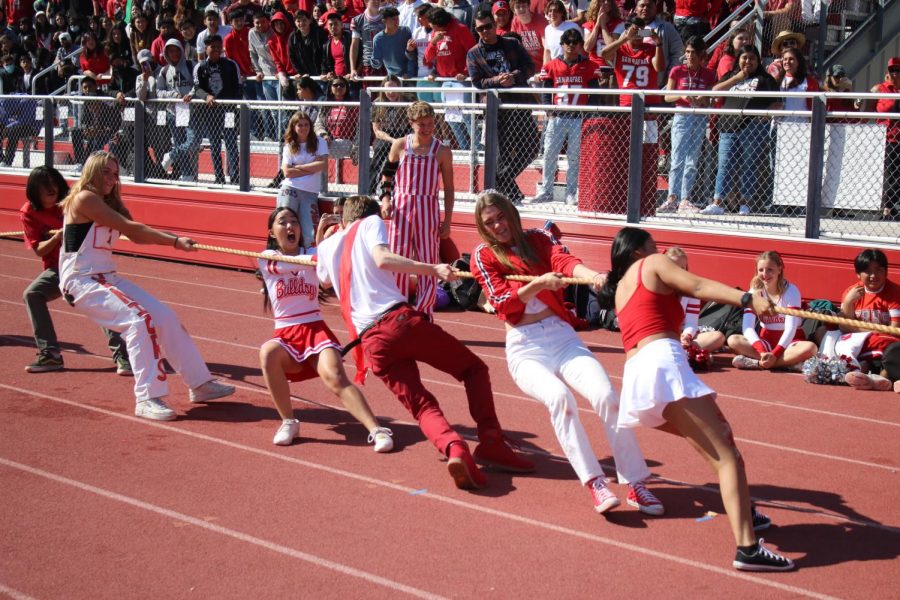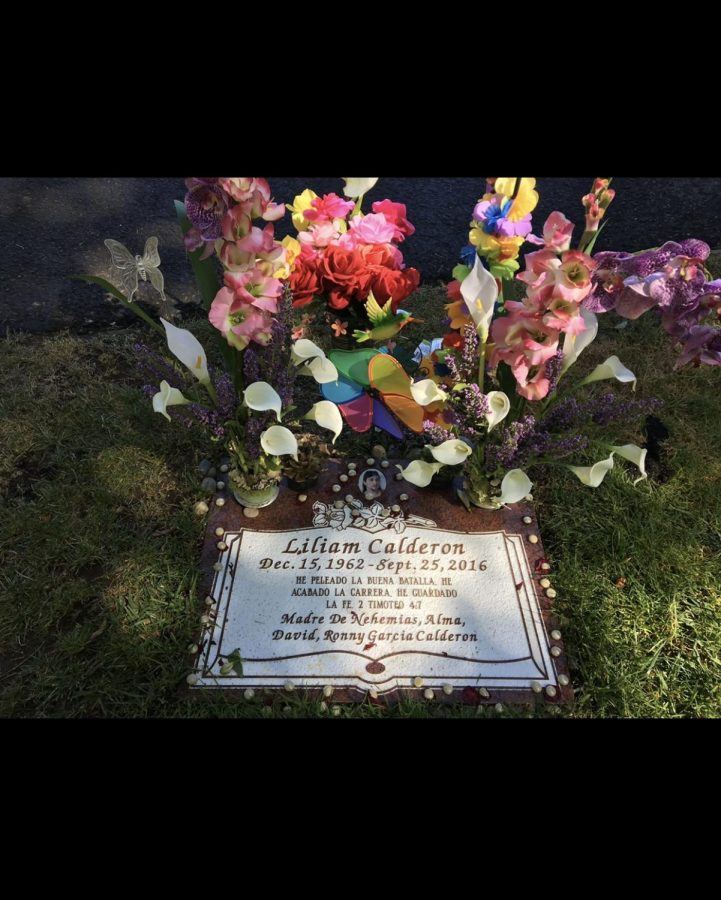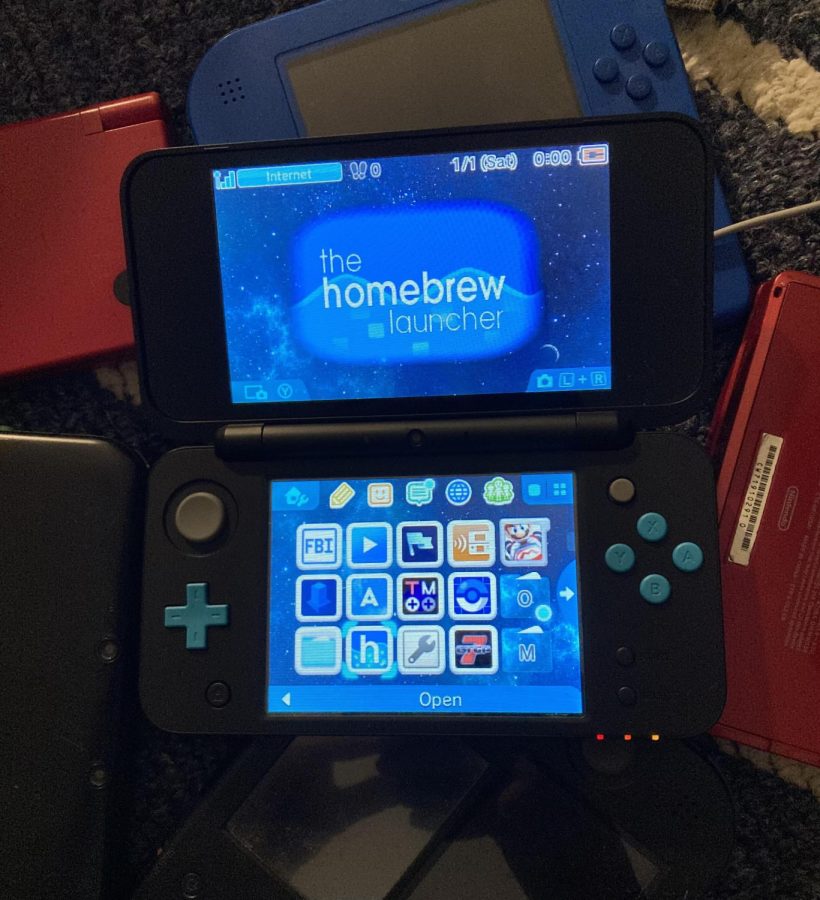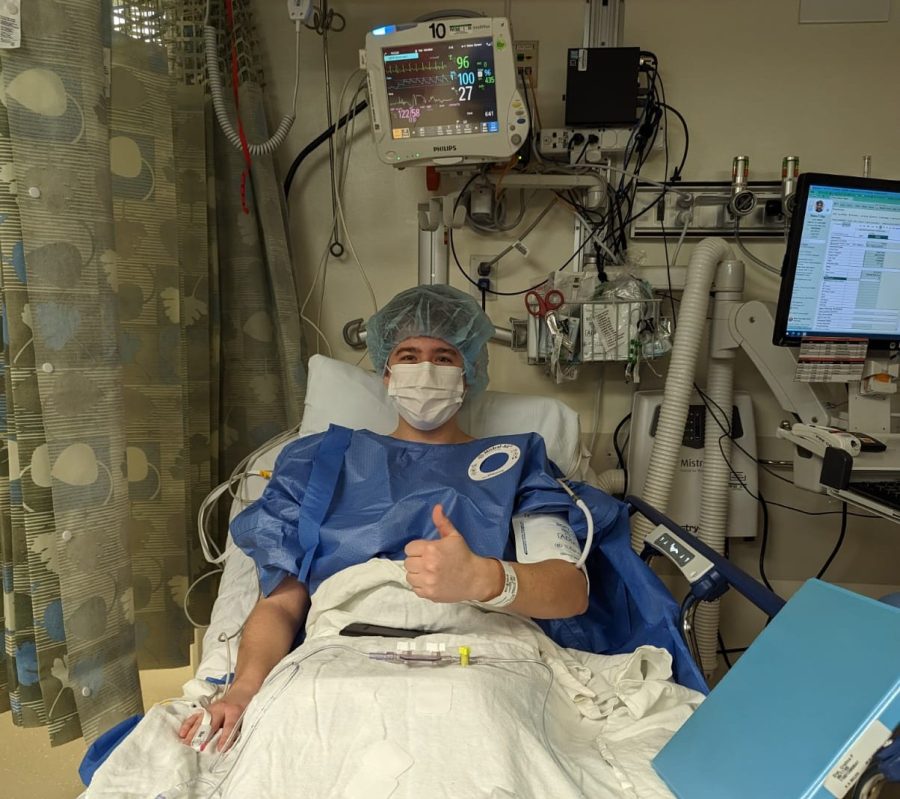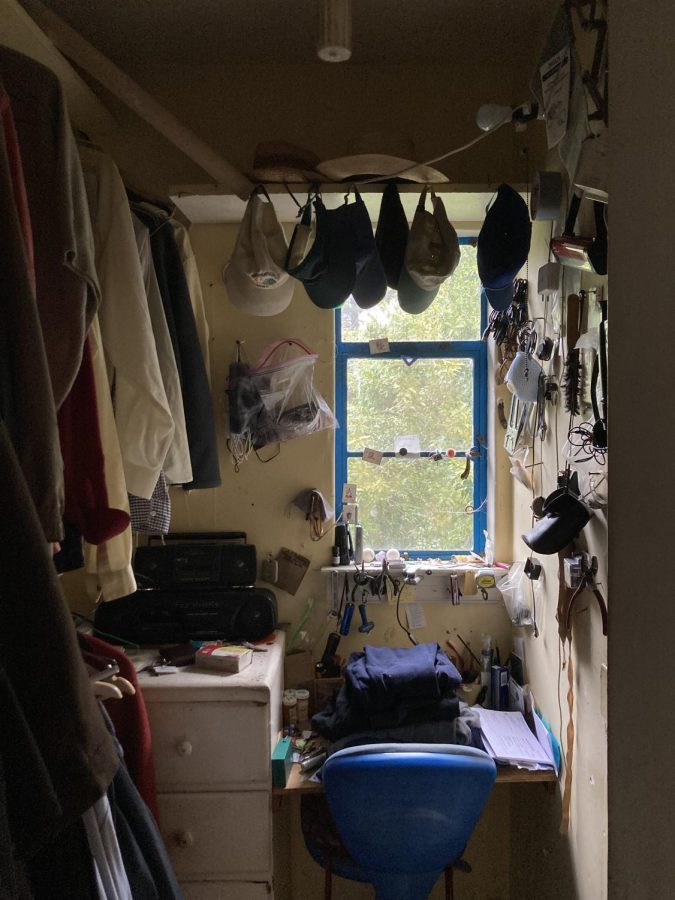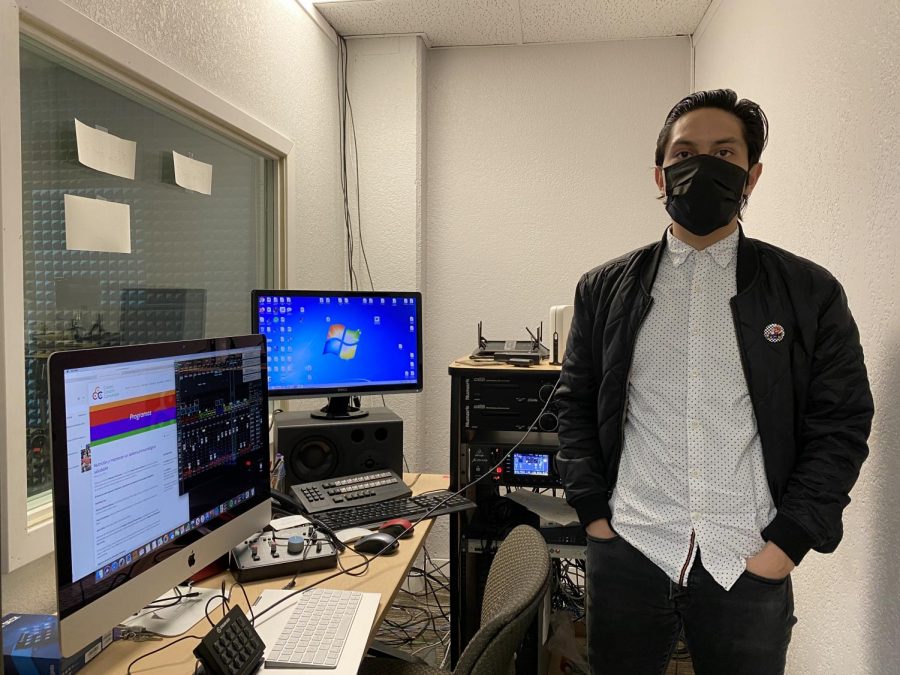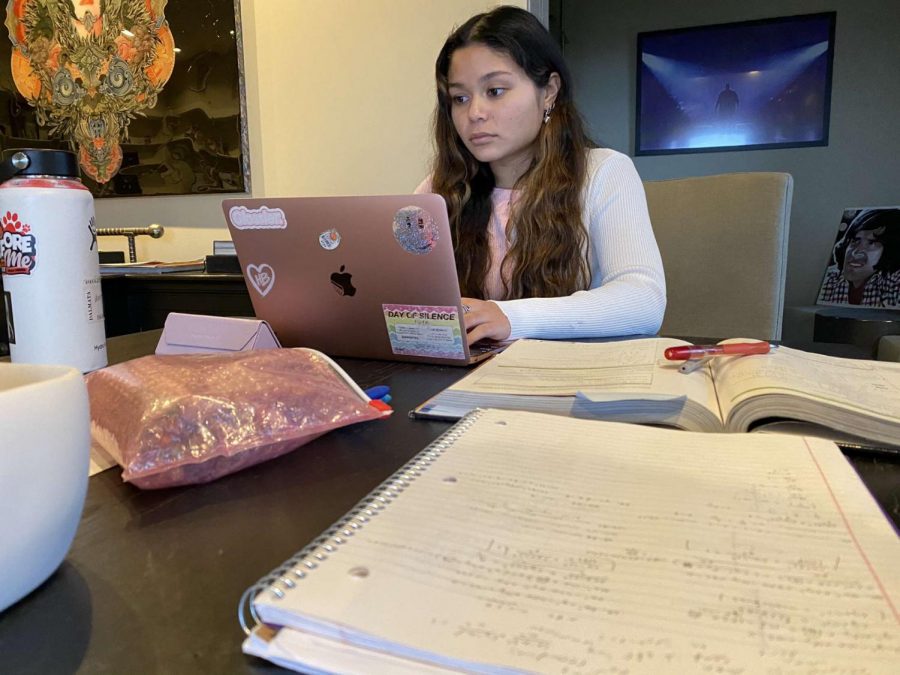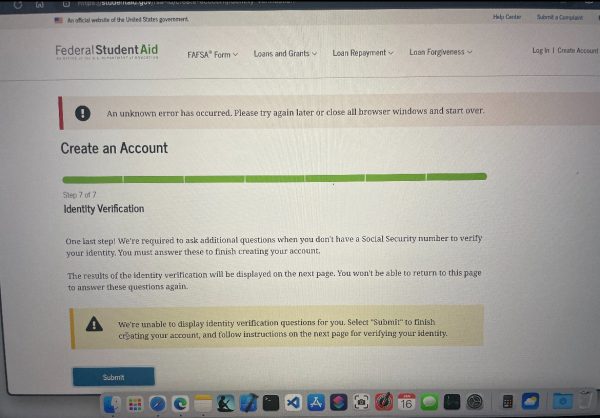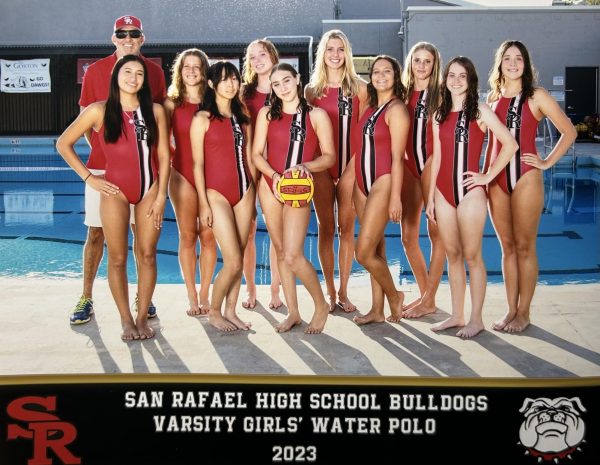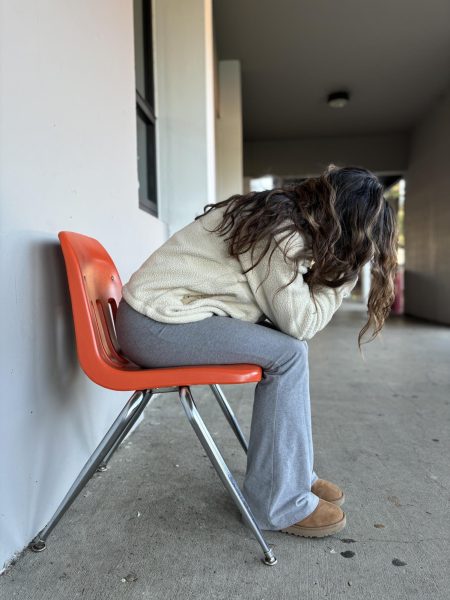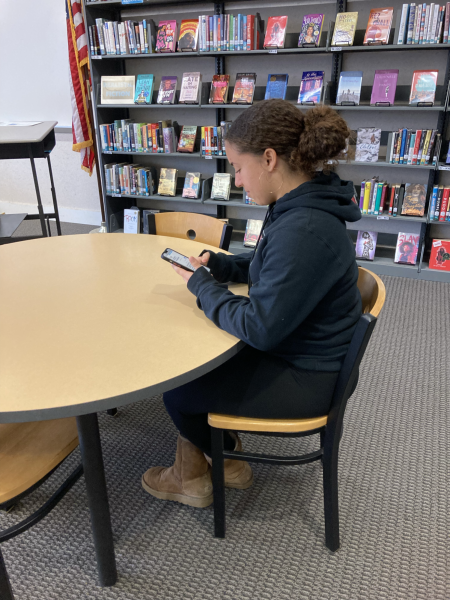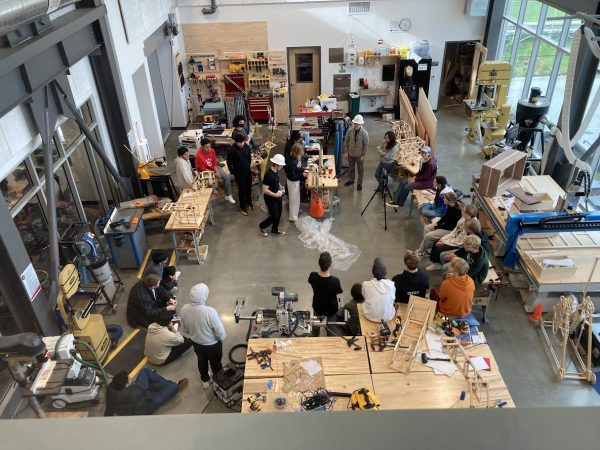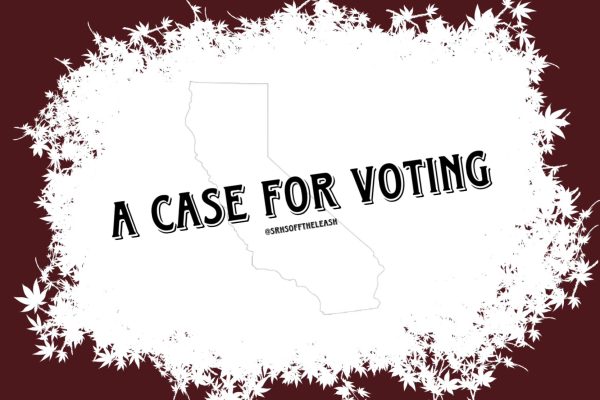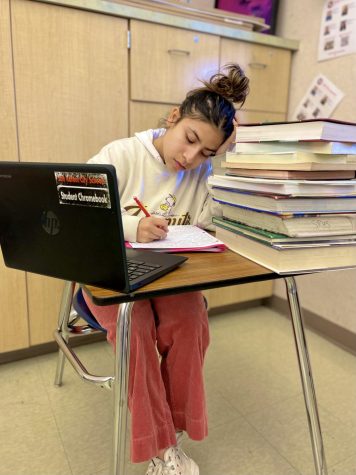Less Education? Let’s Lower Tuition
November 22, 2020
By mid-March of 2020, colleges and universities all over the United States began to cancel classes, close student housing and campus resources, and make the transition to online learning due to the COVID-19 pandemic. At first, many colleges assured their staff and students that online learning would only last the duration of the first lockdown, promising a return to in-person learning by January. As the virus cases have surpassed ten million in the United States with no end in sight or vaccine on the market, the reality has set in that online learning for the majority of college students will continue through the end of the school year, if not further.
Students, parents, professors, and administrators alike have all had to adjust in real-time to new limitations and regulations throughout the fall semester. Teachers, without preparation or proper training, have become online educators. Technological difficulties, gaps in curricula, and increased “self-guided learning” have impacted every college student in the United States as they adjust to a new way of learning without the physical and social support a campus experience provides.
On average, regular online college tuition is significantly lower per credit than that of on-campus classes, which is why online learning is often a much more affordable option for students. For example, a school in Florida was found to have the average undergraduate tuition of $28,588 on campus, compared to $16,580 online. Now, because of the pandemic, students have no choice but to take their classes online. They are paying the same tuition rates as before, but without any of the benefits an on-campus experience brings.
Transitioning to an online-only learning model has impacted the academic experience of college students, largely in a negative way. Usually, students are able to attend their lectures in person, allowing them to ask their professor’s questions and discuss class topics with other students.
“I’m really missing out on having active conversations and discussions so I’m not seeing other perspectives,” explains Izzy See, a freshman at The University of Hawaiʻi at Mānoa.
During synchronous zoom classes, students are technically still able to speak out and ask questions, but many students feel uncomfortable doing so. Students are also occasionally put into “breakout rooms” with a group of other students to have discussions, but still many people choose not to speak. Those who used to be able to go before or wait until after class to ask questions in private do not have an adequate online replacement and often cause them to choose not to speak at all now. The digital platform makes it difficult to read body language and talk one at a time, which also serves as barriers to the natural flow of a conversation.
While some may be choosing to not speak up and ask questions, others do not even have the option in their classes. “I just watch pre-recorded videos of my lectures, so it can be difficult when I have questions,” explains Jackie Davis, a Freshman at UC-Santa Barbara.
Pre-recorded videos have become a common way for some professors to teach their classes since it allows students to do work on their own time while also allowing them to go back and rewatch topics they did not understand at first.
Maddie Recinos, a student at College of Marin, has had a similar issue with being unable to ask questions during pre-recorded lectures. Without the opportunity to talk to her professors during class, Maddie feels as though her tuition is primarily providing access to materials she could find for free on YouTube. Even though pre-recorded videos may be helpful to some students, they do not make up for the lack of instruction students have been receiving from their teachers.
The majority of college classes are lectures, which can easily happen over video calls. Labs, on the other hand, which are a significant portion of many science courses, cannot be switched into an online format as easily. Some teachers have attempted to use virtual labs that use video clips, flash animation, and computerized simulations to try and recreate the experience for students. Unfortunately, they are ineffective compared to in-person labs. In authentic labs, students observe results themselves, manipulate materials, learn how to use different equipment, and record data in real-time, which leads to higher retention rates. In the online format, these important benefits and learning outcomes are not recreated.
Without the face-to-face learning experience, many college students have been left feeling clueless trying to complete their assignments. They are studying for hours, watching YouTube videos, and reading textbooks just to stay on track with the rest of the class. “It just feels like I am paying for a class that I am teaching myself,” says Jackie Davis, a common struggle many students learning online relate to.
I do not believe this is something caused by online learning alone, but rather professors are suddenly being forced to adapt to a brand new style of teaching. Teachers who earn their degrees with the intention of teaching online are required to take multiple courses learning how to develop technology-centered lesson plans that engage the student in an online setting. In-person college professors do not typically take courses of this nature, and as a result, have very little training as they abruptly switch to online education.
There are several majors that require in-person training and experience in order to properly learn the material. Theater and the performing arts are subjects where students are able to gain confidence and develop the ability to respond, react, and improvise in real-time situations. The online format has created many gaps in this skill development. Additionally, many music and dance students are unable to access the proper studios, technology, or instruments they may need to adequately cover all aspects of their learning.
Physics, computer science, and engineering students also do not have access to the materials, labs, and technology that the campus usually provides.
“I’m not able to take in-person chemistry labs, which is making the concepts difficult to understand,” shares Madeline Deiongh while she reflects on the drawbacks of online learning at the University of Utah.
Pre-med and veterinary students find themselves in similar situations, unable to work and learn with real people or animals in research labs. Because hands-on learning has been abruptly halted, students with majors in the arts and sciences are at a significant disadvantage by moving to the online format. To continue to charge them their original tuition rates without making adjustments for these educational gaps is inappropriate.
These students are missing out on more than just the educational aspect of the college experience. “Since I can compare my freshman and sophomore years, the social aspects I am currently missing out are extremely clear.”, explains Madeline Deiongh.
An on-campus college experience gives students the opportunity to join an array of different clubs and student organizations, allowing them to make new friends and expand their interests outside of class. Along with that, joining fraternities and sororities is considered a great way to make lasting relationships and future connections since you are exposed to such a large group of people. Although some of these student organizations and clubs are allowed to meet online, many others have been canceled. Without the ability to actually meet and interact with other students face to face, most students have lost interest in joining these types of events, organizations, and clubs.
Another huge draw to college for many is the opportunity to play NCAA sports. College is a prestigious and competitive environment for those hoping to play professionally in the future. Student-athletes are also likely to receive large scholarships for their attendance, as well as have the opportunity to meet with professional recruiters and learn from esteemed and qualified coaches. As you might guess, the majority of colleges have canceled all fall sports, ruining many athletes chances at going professional. With COVID-19 cases only increasing, winter and spring sports could be canceled as well.
While these are all optional extracurricular activities students can participate in, there are also several on-campus facilities that students are paying for yet no longer have access to. Being online, students do not have access to most of the libraries, research labs, support services, academic advising, career services, campus ministries, health services, counseling services, and much more. This is another significant reason why tuition adjustment is appropriate for the 2020-2021 school year.
The United States is almost a year into navigating COVID-19, with varying levels of success at managing the virus. Moving to an online format has made colleges and universities safer by minimizing students’ exposure to one another. However, the changes to the quality of education that students have received are substantial. The quality of education these college students have received has not sufficiently reached the standards of the education they would have received otherwise. Additionally, the extracurricular changes that have accompanied online learning are consequential.
An education that combines in-person learning, office hours with professors, social clubs and organizations, and use of facilities like libraries, research labs, and gymnasiums is the education these students enrolled in and paid for. Due to the coronavirus pandemic, this is not the education they have received in the 2020-2021 academic school year. Because of this, universities have an obligation to refund their students a portion of tuition costs, matching the online tuition rates in their areas, and continue to keep them lowered until in-person classes and the associated experience can resume.

